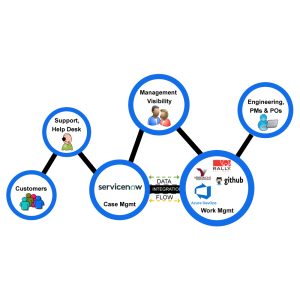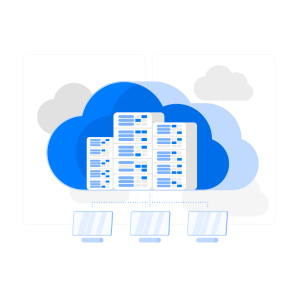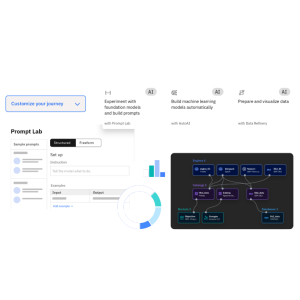Healthcare systems can be quite intricate involving departments and systems that must collaborate smoothly. From managing records, to handling billing processes the seamless integration of these components plays a role in ensuring efficient operations. When integration is lacking, healthcare providers may encounter issues like isolated data, inefficiencies and an elevated risk of mistakes.
Secure integration solutions present a way to tackle these obstacles by enabling systems to communicate and share information effectively. By adopting these solutions, healthcare organizations can enhance data accessibility, improve patient care quality and boost efficiency. This article explores the advantages, essential elements and practical approaches, for implementing integration solutions in the healthcare sector.
The Need for Integration in Healthcare
Healthcare systems are intricate involving departments and systems that must seamlessly collaborate. Whether its managing patient records or coordinating billing processes, integrating these components is essential for operations. Without integration healthcare providers may encounter issues like data isolation, inefficiencies and a higher likelihood of errors.
Benefits of Secure Integration Solutions
Improved Data Accessibility: Secure integration solutions ensure that authorized personnel can easily access data. This accessibility enhances the quality of care by enabling informed decision making among healthcare professionals.
Enhanced Patient Care: Integrated systems provide healthcare providers with a view of a patient’s history leading to more accurate diagnoses and treatment plans. This holistic perspective is crucial for delivering care.
Operational Efficiency: Integration minimizes the need for data entry and reduces errors. Automated workflows streamline processes saving time and resources.
This efficiency enables healthcare providers to dedicate time to patient care rather than administrative duties.
Data Security and Compliance: Secure integration solutions guarantee the protection of data, from access. Adhering to regulations like HIPAA is crucial in ensuring the security of information and fostering trust with patients.
Key Components of Secure Integration Solutions
Interoperability: Ensuring systems can. Sharing data is essential. Interoperability allows various healthcare applications to collaborate, offering a view of information.
Data Encryption: Safeguarding data during transit and storage is paramount. Encryption ensures that intercepted data remains unintelligible without the correct decryption key. Access
Control: Enforcing stringent access controls guarantees that authorized personnel can access patient information. Role based access control (RBAC) is a method used for managing permissions.
Audit Trails: Maintaining records of data access helps uphold security and compliance standards. Audit trails aid, in monitoring. Identifying any access or irregularities promptly.
Implementing Secure Integration Solutions
Assessment and Planning: Initiate with an evaluation of existing systems and workflows. Identify areas requiring enhancement and develop an integration strategy accordingly.
Selecting the Right Tools: When choosing integration tools and platforms for your healthcare organization it’s essential to consider factors, like scalability, user friendliness and compatibility with existing systems.
Training and Support: It’s crucial to make sure that your staff receives training on the systems and processes. Providing support is key to addressing any issues that may come up during and after implementation.
Continuous Improvement: Regularly keeping an eye on the performance of integrated systems is important. Making adjustments as needed ensures that the integration solutions stay effective and secure over time.
Overcoming Common Challenges in Integration
Standardizing Data: One of the obstacles in healthcare integration is the absence of data formats. Various systems may utilize formats creating challenges in data integration. Embracing industry standards like HL7 and FHIR can aid in tackling this hurdle.
Outdated Systems: Numerous healthcare institutions still depend on outdated systems that are not tailored for integration needs. Upgrading or replacing these systems can be a time consuming process. Nonetheless leveraging middleware solutions can bridge the gap between new systems facilitating integration without a system overhaul.
Resistance from Users: Embracing change can be met with resistance as staff may find it challenging to adapt to systems and workflows. Employing change management strategies, such as communication, comprehensive training and involving staff in decision making processes can help alleviate resistance.
Privacy Concerns with Data: Safeguarding data privacy is an aspect of healthcare integration. Implementing security measures like encryption and access controls along, with complying with mandates can effectively address these concerns.
In Conclusion
Improving healthcare operations with integration solutions goes beyond technology; it’s about enhancing patient care and operational efficiency. By ensuring seamless and secure system collaboration healthcare providers can focus on their goal of caring for patients.
At Nexright we recognize the significance of integration in healthcare. Our solutions are tailored to meet the needs of healthcare providers safeguarding data while streamlining operational processes. Get in touch with Nexright today to discover how we can support your organization in reaching its objectives.




